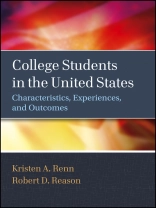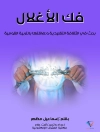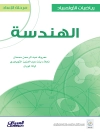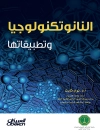College Students in the United States accounts forcontemporary and anticipated student demographics and enrollmentpatterns, a wide variety of campus environments and a range ofoutcomes including learning, development, and achievement.Throughout the book, the differing experiences, needs, and outcomeof students across the range of ‘traditional’ (18-24years old, full-time students) and non-traditional (for example, adult and returning learners, veterans, recent immigrants) arehighlighted. The book is organized, for use as a stand-aloneresource, around Alexander Astin’s Inputs-Environment-Outputs(I-E-O) framework.
قائمة المحتويات
List of Figures and Tables vii
Preface ix
About the Authors xix
PART ONE: INPUTS 1
1 Characteristics of College Students in the United States 3
2 The College Choice Process 28
3 Student Enrollment Patterns 45
PART TWO: ENVIRONMENTS 61
4 Transition to College 63
5 College Environments 82
6 Approaches to College Student Development 114
7 College Student Development Theories: Cognitive, Moral, and Psychosocial Identities 134
PART THREE: OUTCOMES 171
8 Retention and Persistence 173
9 Student Outcomes 197
10 Serving College Students in the United States, Today and Tomorrow 229
References 237
Name Index 277
Subject Index 283
عن المؤلف
Kristen A. Renn is an associate professor of higher, adult, & lifelong education at Michigan State University.She is a coauthor of Student Development in College: Theory, Research, and Practice, Second Edition (Jossey-Bass, 2010).
Robert D. Reason is an associate professor ofstudent affairs and higher education at Iowa State University. Hehas written many journal articles and contributed chaptersincluding such important texts as in Student Services: AHandbook for the Profession, 5th Edition (Jossey-Bass, 2010).












